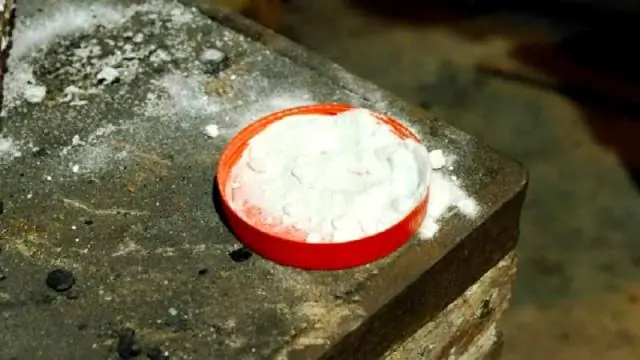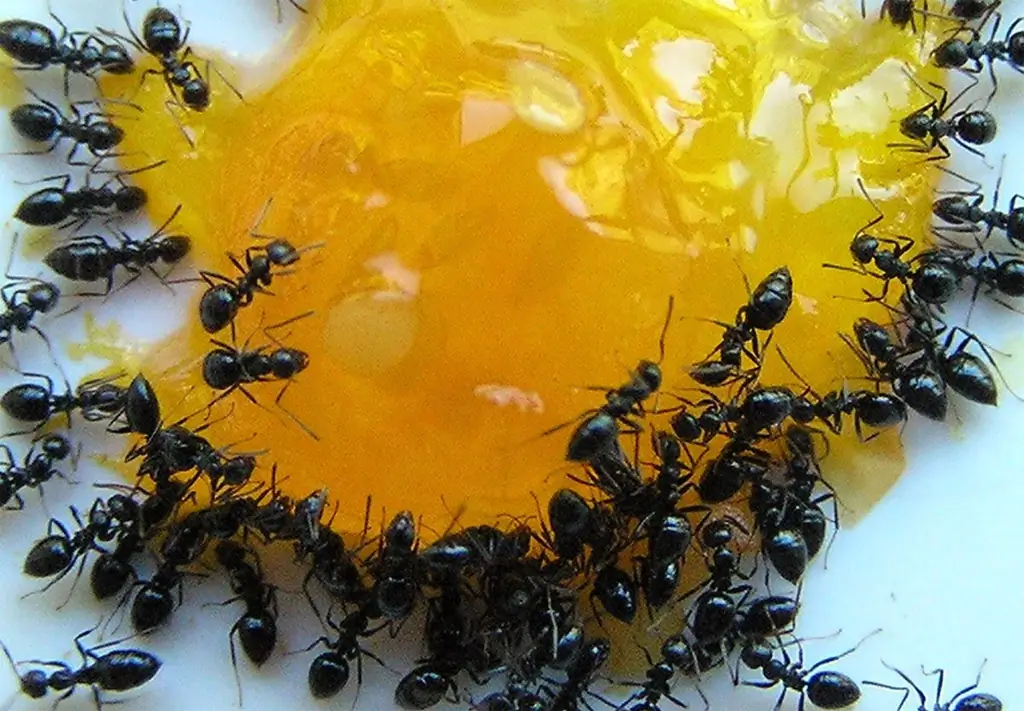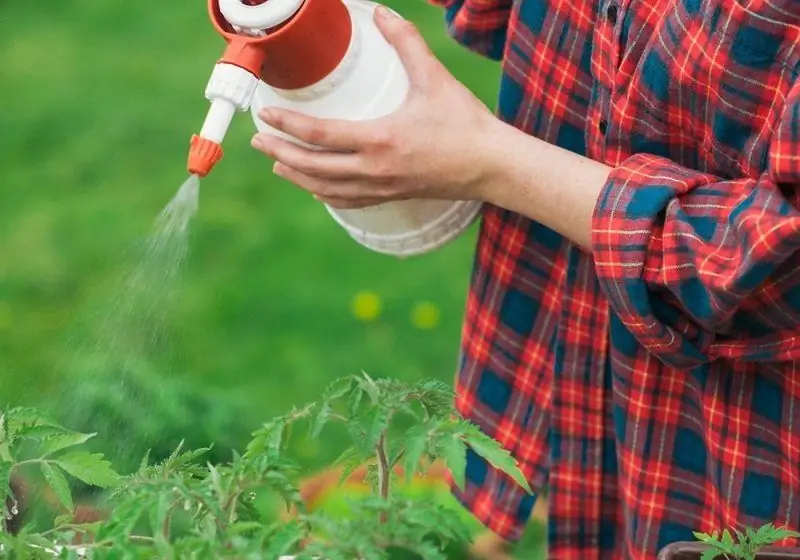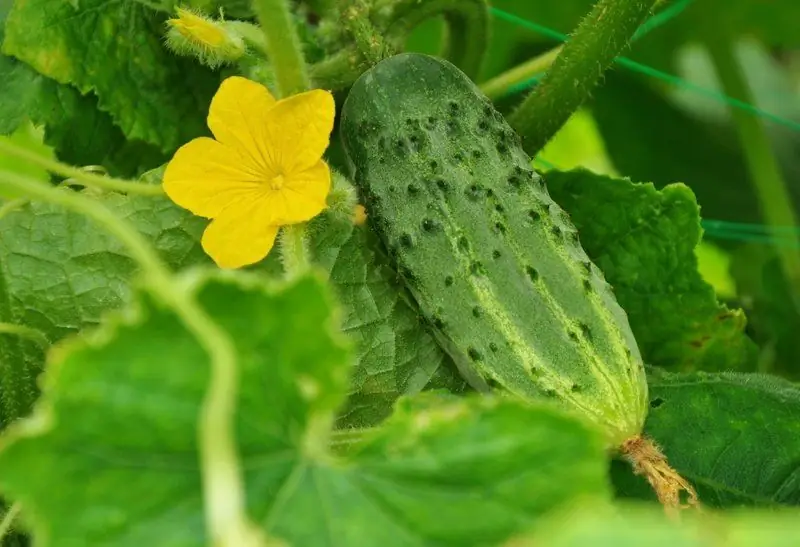
Table of contents:
- Author Bailey Albertson [email protected].
- Public 2023-12-17 12:53.
- Last modified 2025-06-01 07:32.
Boric acid spraying: an irreplaceable procedure for cucumbers and tomatoes

In addition to the main nutrients (nitrogen, potassium and phosphorus), plants require various trace elements, not least among which is boron. Most often boron is introduced in the form of one of its most stable compounds - boric acid. So, in the case of using this fertilizer for spraying, the yield of tomatoes and cucumbers increases significantly.
Why and when you need to spray tomatoes and cucumbers with boric acid
Boric acid is a substance that can be found in every home, as it often has to be used as a medicine. But it is necessary to treat diseases and maintain immunity not only in people, it is also required for their pets - garden plants. This white crystalline powder, relatively well soluble in water, can significantly increase the vitality of cucumbers and tomatoes. It has been proven that the taste of fruits with a sufficient amount of boron in the soil improves significantly, and the yield increases by almost a quarter.
Boric acid is not only a microfertilizer itself, it promotes the assimilation of basic nutrients by vegetables. In addition, boron significantly increases the immunity of plants, helps them resist various diseases, including late blight. Many gardeners soak even seeds in a solution of boric acid before sowing them in the ground (for seedlings or directly in the garden).

Boric acid can be bought in pharmacies and garden stores.
Boron deficiency can manifest itself in the following:
- blanching of leaves, their deformation;
- slowing growth;
- weak flowering;
- shedding flowers;
- poor fruit setting.
But, as with any medicine, an excess of boron can also be harmful, inhibiting the growth of tomatoes and cucumbers. Therefore, it is necessary to use boric acid for feeding in a timely manner and in reasonable doses. Only in this case can you expect:
- improving growth;
- increasing the number of flowers and ovaries;
- strengthening plant immunity;
- improving the quality of fruits;
- increasing the shelf life of the crop.
The most important boric fertilizing on sod-podzolic, peat and acidified soils. Three treatments per season are enough:
- during the formation of buds;
- during the flowering period;
- during fruiting.
But more often than once every two weeks, you should not use boric acid. At the same time, during the intensive growth of the bushes, root dressings are more useful, during the fruiting period - foliar.
Video: the importance of boric acid for cucumbers
How to process tomatoes and cucumbers with boric acid
In cold water the boric acid dissolves slowly, so the preparation of solutions it is heated to 60-80 to C, but the solutions is cooled to ambient temperature before spraying medium. Leaves are sprayed in the early morning or late evening using any sprayer capable of spraying liquid to the smallest droplets, preferably fog. Watering with boric acid solution is carried out at the root, this can be done at any time, except in the sun, but the plants must be watered first.

When processing plants, the sprayer must be set to the smallest spray
Usually, the simplest solution is used - 1 g of boric acid per liter of water. But boric acid is used not only as a top dressing. So, at the first signs of phytophthora on tomatoes, they are sprayed with a solution containing 5 g of boric acid and a pinch of potassium permanganate in a bucket of water. On cucumbers, boric acid is used against powdery mildew. As a preventive measure, they are sprayed with a solution containing (per bucket of water) 5 g of boric acid, 3 g of potassium permanganate and 20-30 drops of a pharmacy tincture of iodine.
In the case of cucumbers, boric acid is also used for poor fruit setting: then up to 5 g of boric acid and a glass of sugar are dissolved in a bucket of water. When pre-sowing seed treatment, a boric acid solution is used, containing 0.2-0.3 g of the substance per liter (the seeds are kept in the solution for up to a day).
Video: the use of boric acid on tomatoes
Reviews of gardeners
Processing cucumbers and tomatoes with a boric acid solution is a good way to increase yields and strengthen plant immunity. It is only important to use the drug on time and in the recommended doses.
Recommended:
Boric Acid From Cockroaches: Recipes, Including Balls And Baits Using Eggs + Photos And Videos

The use of boric acid in the preparation of bait for cockroaches is an effective way to cleanse your home from annoying and unpleasant insects
Boric Acid From Ants In An Apartment: Recipes For Poison, Baits, Mixtures And Balls With Its Addition + Photos, Videos And Reviews

How to use boric acid to fight ants in an apartment. Effective recipes based on boric acid, reviews of the best products
Spraying Tomatoes From Late Blight In The Greenhouse And Open Field

What is late blight and what does it look like. Preventive spraying of tomatoes with folk remedies. Treatments with biologicals and inorganic fungicides
Spraying Cucumbers With Milk With Iodine: Why You Need It And How To Do It Right

What problems of cucumbers can be solved by treating them with iodine and milk. How to do it right
How To Get Rid Of Ants In An Apartment (domestic Redheads And Others): Recipes With Boric Acid And Others

What to do if ants appear in the apartment and why such a neighborhood is dangerous. Folk methods and chemicals to help get rid of insects quickly
